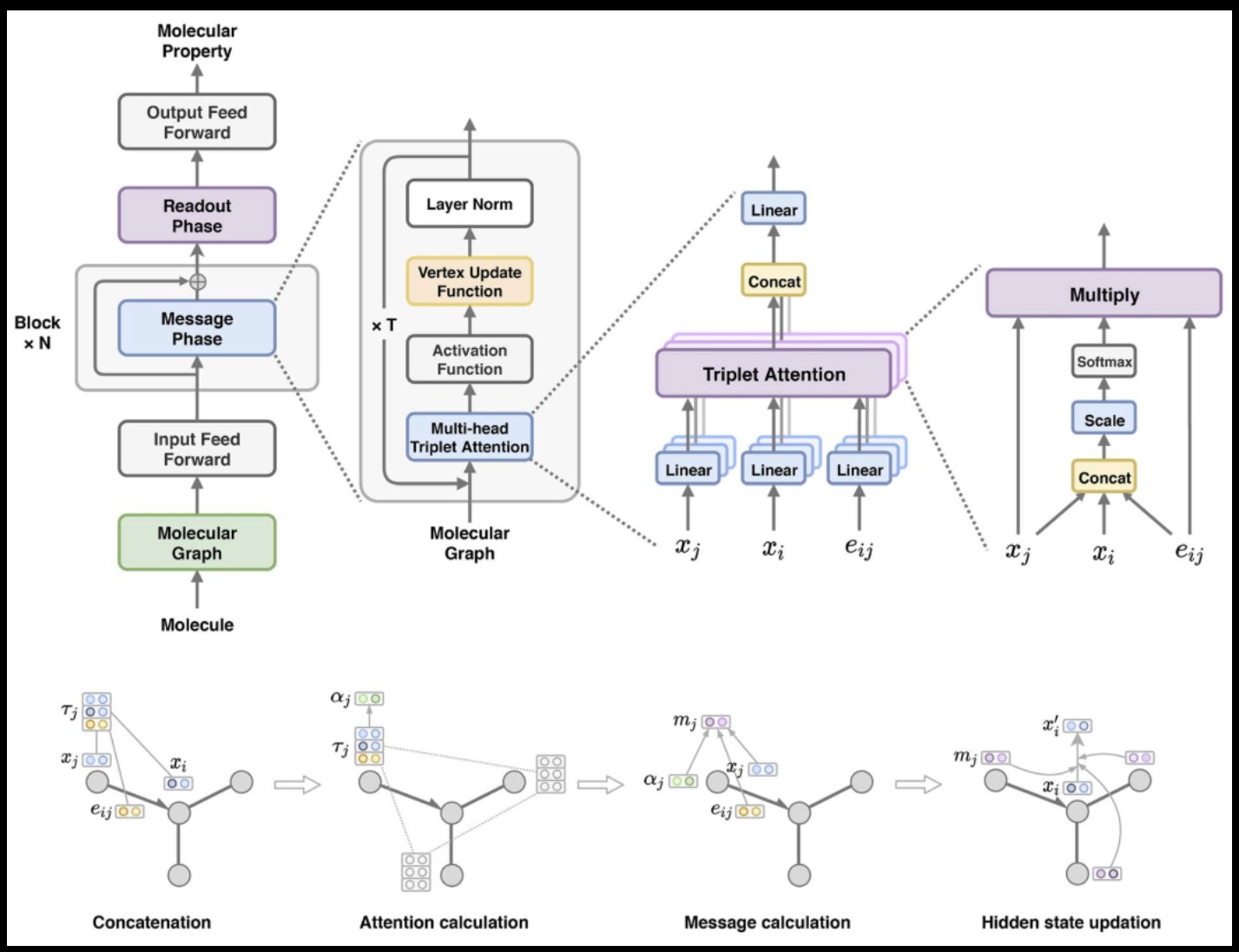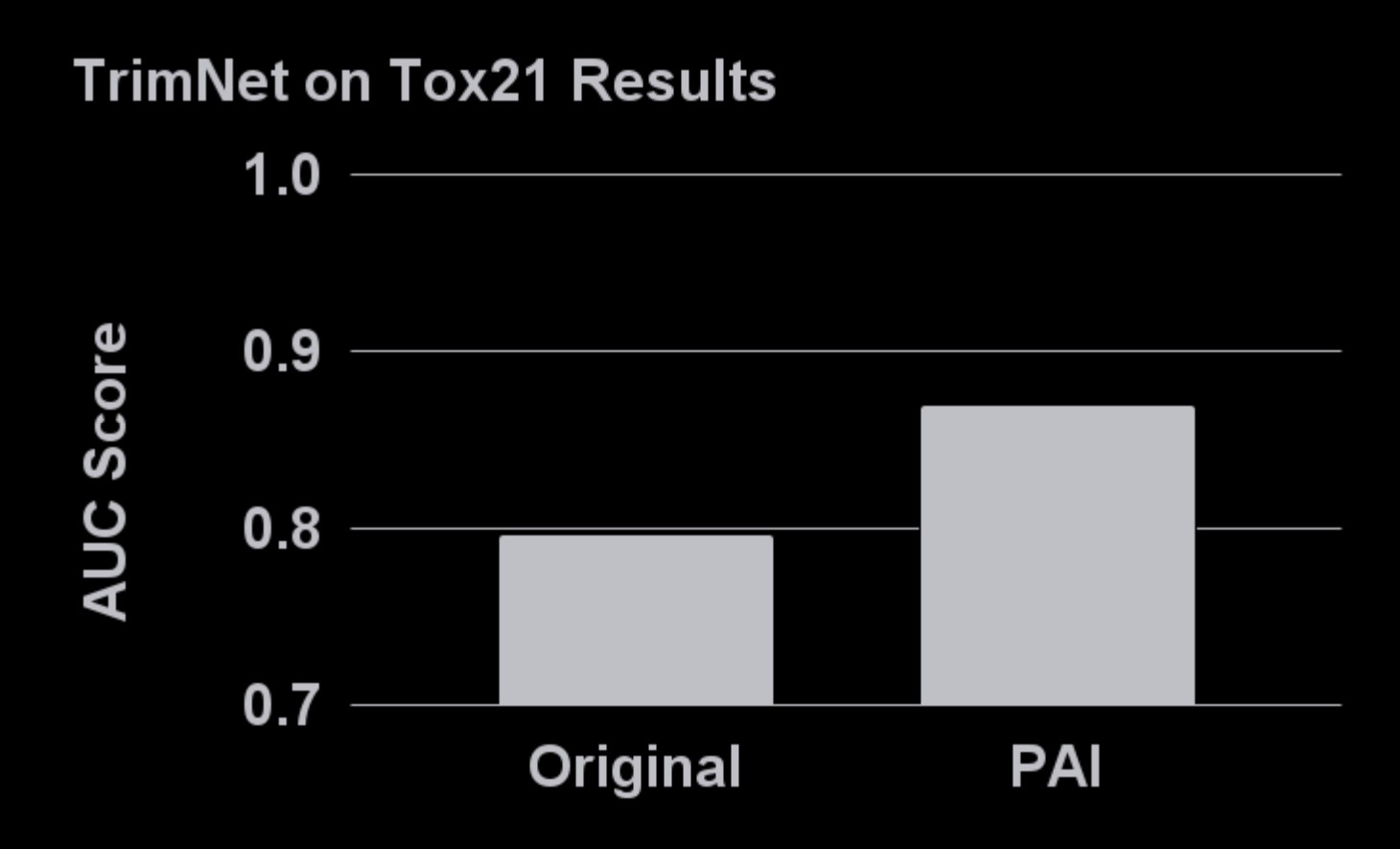This case study traces one of drug discovery's most critical challenges: predicting chemical toxicity using the Tox21 dataset, a benchmark that has challenged the field for years.
The Challenge
The Tox21 dataset contains 12,060 training samples and 647 test samples of chemical compounds, each characterized by molecular descriptors such as weight, solubility, and surface area. The goal is to predict outcomes across 12 different toxicological experiments and was build with TrimNet, an open-souce 2020 architecture.

The Results
Integration of Perforated BackpropagationTM with the TrimNet architecture produced remarkable improvements. The best result increased the AUC score by 0.078—moving 40.9% closer to a perfect score. To put this in perspective, the average gap between the top 5 papers on the leaderboard is just 0.0062, making this leap particularly significant.

Across seven experiments, the approach achieved an average test error reduction of 20.2% at the point of highest overall validation score, demonstrating consistent and robust improvements.
Real-World Impact
Better toxicity prediction means fewer promising drug candidates fail in later, more expensive stages of development. It also means safer medications reaching patients faster, as researchers can more confidently screen out problematic compounds early in the discovery process. These results demonstrate that Perforated Backpropagation can provide a significant competitive edge on established scientific benchmarks.
Ready to Optimize Your Models?
See how Perforated BackpropagationTM can improve your neural networks
Get Started Today